Winter-spring rice is harvested in Thoi Lai district, Can Tho city.
Complete harvest of winter-spring rice
According to the Department of Agriculture and Environment (DARD) of Can Tho City, up to this point, farmers in Can Tho City have finished harvesting the 2024-2025 winter-spring rice crop. This year's crop, although the rice price is lower than in 2024, the yield remains stable, giving good profits. That is thanks to farmers applying advanced production processes, contributing to reducing production costs... With 5.5 hectares of rice land, in the 2024-2025 winter-spring crop, Mr. Duong Van Sieu's family (in Dong Thang hamlet, Dong Thuan commune, Thoi Lai district, Can Tho city) sowed Jasmine 85 rice variety. With many years of experience in rice cultivation, Mr. Sieu said: "This rice variety has firm panicles, is suitable for the climate and weather of the winter-spring crop, so it is easier to cultivate. Besides, my family cultivates according to the process and techniques instructed by the local Department of Agriculture, so it saves costs, fertilizers, and has stable productivity. When the rice fields are harvested, traders buy at 6,500 VND/kg, making a good profit, the family continues to invest in production for the 2025 summer-autumn crop". Mr. Duong Van Toai's family (in Dong Thuan commune, Thoi Lai district) has a rice field adjacent to Mr. Sieu's family, also sowing Jasmine 85. When the rice is harvested, traders come to buy it at 6,500 VND/kg. According to Mr. Toai, with this price, farmers still make a profit and have the conditions to invest in the next crop.
The entire Dong Thuan commune, Thoi Lai district currently has more than 2,400 hectares of agricultural land, mainly for rice cultivation. Of which, 2,100 hectares are produced according to the large-scale field model. In recent times, the local government, professional sectors and organizations have supported farmers to establish 1 agricultural cooperative and 54 production-linked cooperative groups, bringing people to work collectively. Farmers participating in this model have many advantages in production from land preparation, sowing, harvesting, product consumption... Mr. Nguyen Manh Khang, Vice Chairman of Dong Thuan Commune People's Committee, said: "In recent times, the locality has coordinated with the functional departments of the district and city to strengthen propaganda activities, support, and guide farmers to apply scientific and technical advances in agricultural production. In particular, supporting farmers to build production linkage models, thereby contributing to improving production efficiency, especially pest control, reducing production costs, cultivating rice for high productivity, bringing considerable profits to farmers...".
According to the Department of Agriculture and Environment of Can Tho City, in the 2024-2025 winter-spring crop, Can Tho City farmers will plant over 72,000 hectares of rice, focusing on specialty and high-quality varieties to serve domestic consumption and export needs. Mr. Tran Thai Nghiem, Deputy Director of the Department of Agriculture and Environment of Can Tho City, said: "In the 2024-2025 winter-spring crop, farmers in the city harvested an average yield of 7.5 tons/ha. Although the price of rice is not high compared to the 2023-2024 winter-spring crop, farmers still earn quite a profit thanks to the application of advanced production processes, such as "1 must, 5 reductions", "3 reductions, 3 increases", integrated pest management, using rice varieties suitable for climate conditions in production... In particular, specialized units from the city to the locality regularly monitor, promptly support and guide farmers on cultivation techniques, pest and disease prevention on rice, determined to work with farmers to successfully produce the 2024-2025 winter-spring rice crop".
Strengthening protection of summer-autumn rice
After harvesting winter-spring rice, localities actively guide and mobilize farmers to switch to growing crops on ineffective rice fields. For localities that cannot plant crops, plow and dry the soil to destroy pathogens remaining in the fields and reduce the risk of organic poisoning during reproduction... To ensure safety for the concentrated and simultaneous planting of summer-autumn rice in 2025, following the motto of "avoiding planthoppers" and limiting irrigation costs at the beginning of the season, the Department of Agriculture of Can Tho City requires localities to arrange the crop season based on the city's time frame combined with the measure of "Sowing to avoid planthoppers, simultaneously and concentrated for each region and each field", directing not to plant for a long time, not to let many rice fields intermingle in the same field. The sowing schedule for summer-autumn rice in 2025 includes: the first phase from February 28 to March 6, 2025; Phase 2 from March 21 to 27, 2025. Based on the city's recommended crop calendar, localities need to closely monitor brown planthoppers on site and the migratory planthopper situation in combination with the hydrological regime to develop a specific crop calendar for the locality. When arranging the crop calendar, the general principle must be followed: "Concentrated and simultaneous sowing in each area and each field" and ensure a time interval between 2 crops of 3 weeks or more.
According to the Department of Agriculture and Environment of Can Tho City, the city plans to plant 70,177 hectares of summer-autumn rice in 2025. By early March 2025, over 50% of the area had been planted (according to the first planting schedule). The rice area in the fields is mainly being planted to the seedling stage. The main pests appearing are golden apple snails, rats, thrips, etc. The local Department of Agriculture recommends that farmers proactively monitor and regulate water to control weeds, cover young rice plants to avoid brown planthoppers and manage golden apple snails well from the beginning of the season.
Ms. Pham Thi Minh Hieu, Head of the Department of Cultivation and Plant Protection of Can Tho City (under the Department of Agriculture and Environment of Can Tho City), emphasized: At the beginning of the summer-autumn crop, localities need to pay attention to the drought and hot weather that can affect crops, causing poor root development leading to poor nutrient absorption, susceptibility to pests and slow growth. For golden apple snails, it is necessary to combine many management measures, such as: planting stakes to collect and destroy egg nests, placing nets to prevent snails when water is poured into the fields, increasing the implementation of manual measures to catch snails for food for ducks, fish, etc. Apply biological measures and tillage to facilitate snail collection, good management before sowing and throughout the rice crop. Continue to mobilize farmers to organize a campaign to simultaneously launch a large-scale rat extermination campaign; exterminate rats using many measures, in which priority is given to safety measures; trapping crops, hunting, using biological drugs... Weed management requires attention to checking the fields, paying attention to water retention for good management right from the beginning of the season; adding water and keeping water in the fields from 3-5cm until the first fertilization stage to suppress the weeds. Thrips are pests that often damage the seedling stage, especially in the current hot season, it is necessary to use water management measures and provide adequate and timely nutrition to manage this pest. Minimize the spraying of thrips pesticides, because in the early stages, rice plants have the ability to compensate when attacked by thrips...
Article and photos: HA VAN
Source: https://baocantho.com.vn/nhieu-giai-phap-dam-bao-an-toan-hieu-qua-san-xuat-lua-chat-luong-cao-a184689.html


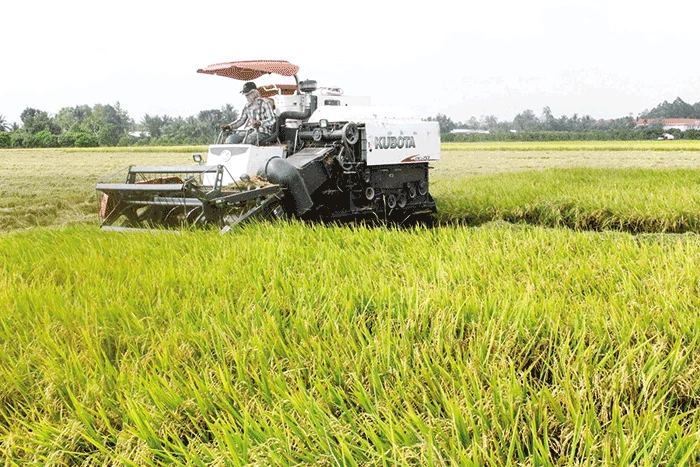



![[Photo] General Secretary To Lam receives Russian Ambassador to Vietnam](https://vstatic.vietnam.vn/vietnam/resource/IMAGE/2025/4/2/b486192404d54058b15165174ea36c4e)
![[Photo] Prime Minister Pham Minh Chinh receives CEO of Standard Chartered Group](https://vstatic.vietnam.vn/vietnam/resource/IMAGE/2025/4/2/125507ba412d4ebfb091fa7ddb936b3b)
![[Photo] Prime Minister Pham Minh Chinh receives Deputy Prime Minister of the Republic of Belarus Anatoly Sivak](https://vstatic.vietnam.vn/vietnam/resource/IMAGE/2025/4/2/79cdb685820a45868602e2fa576977a0)
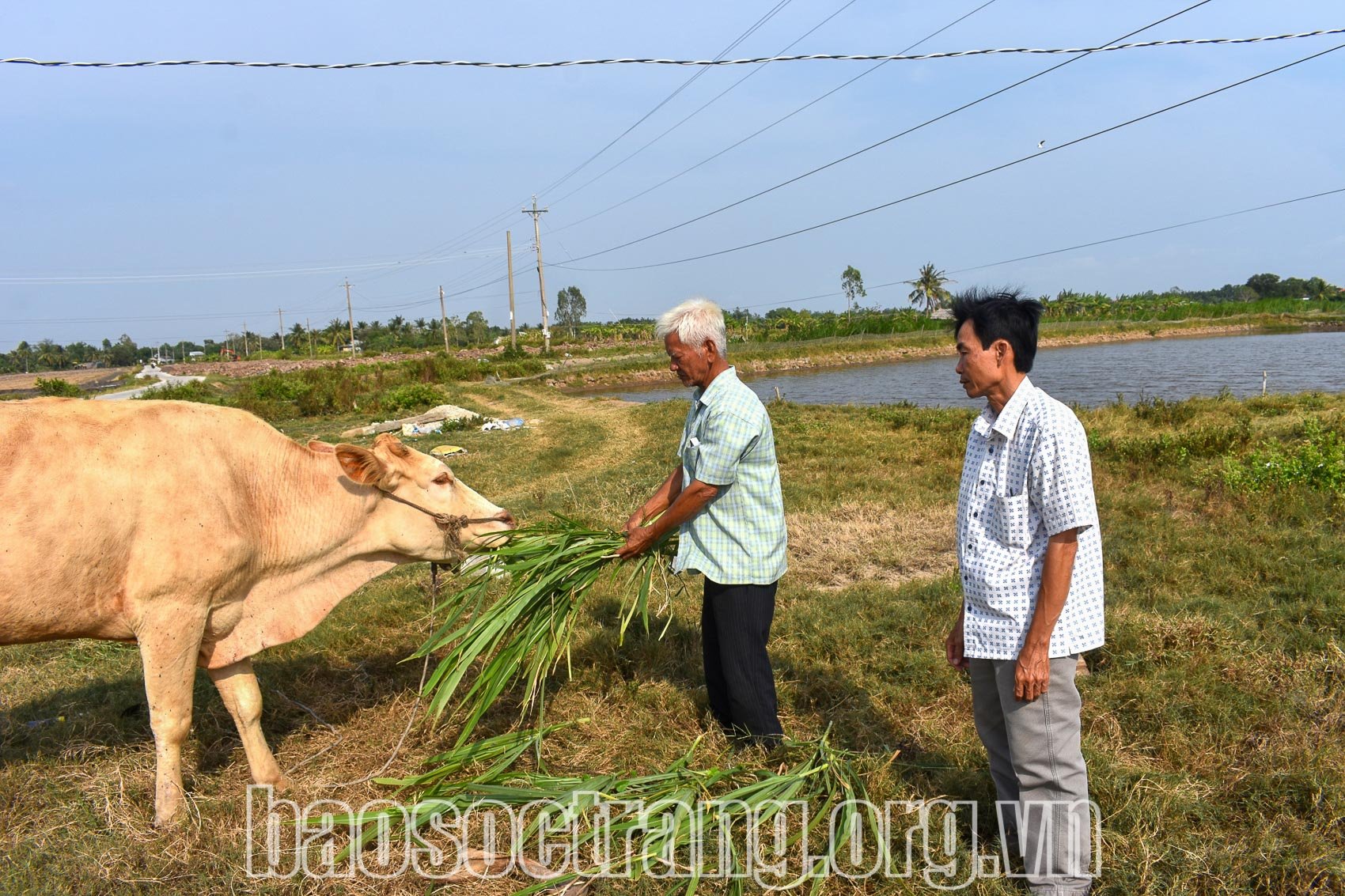



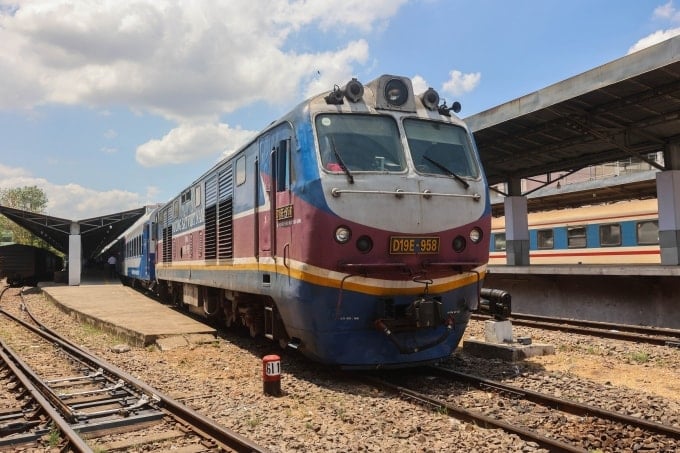





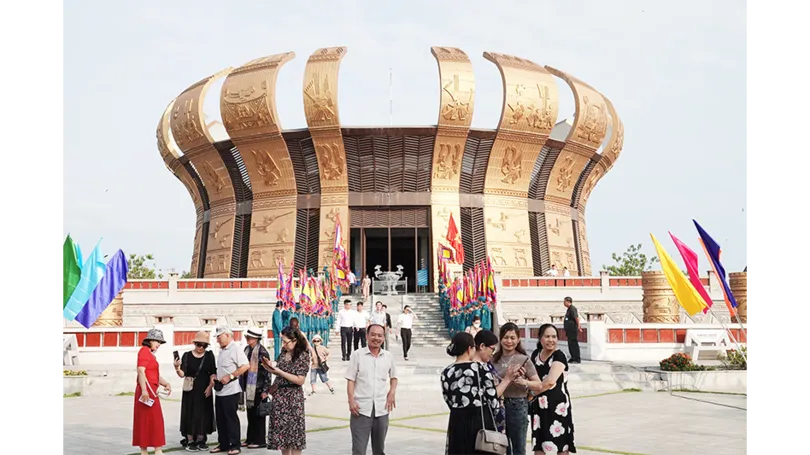
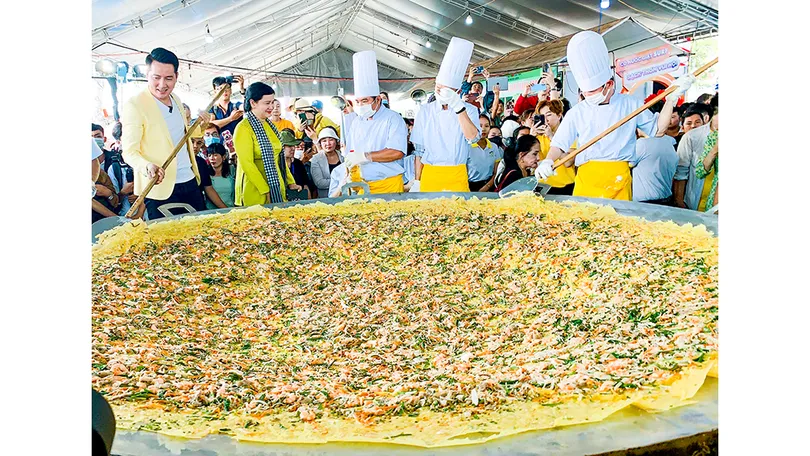
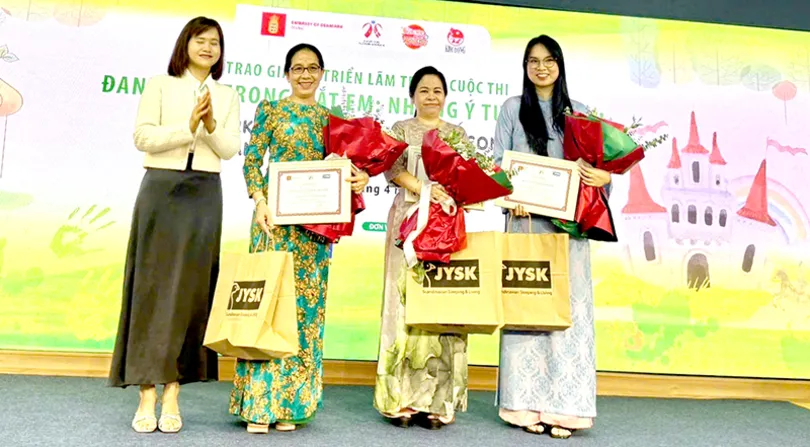


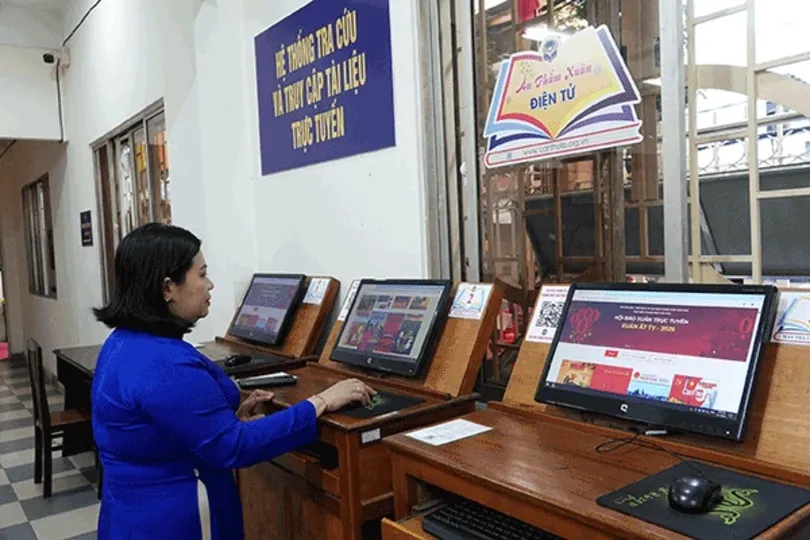









































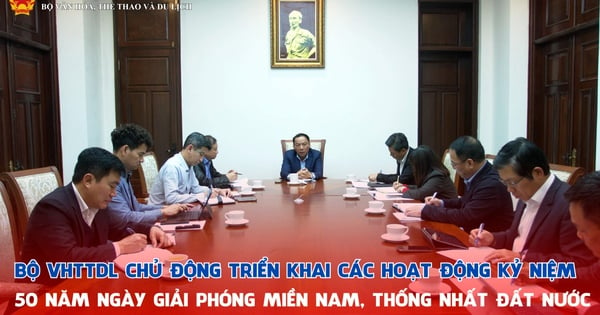

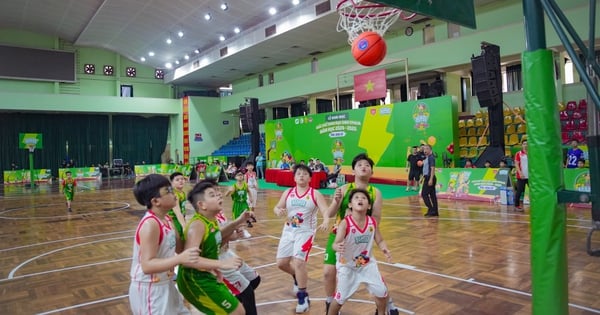




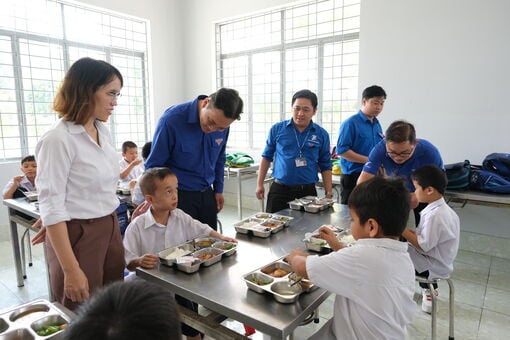


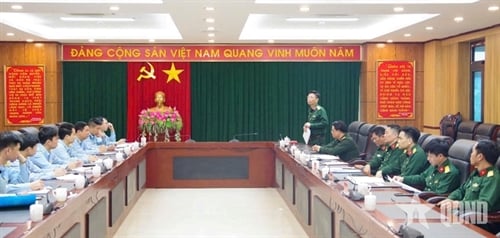
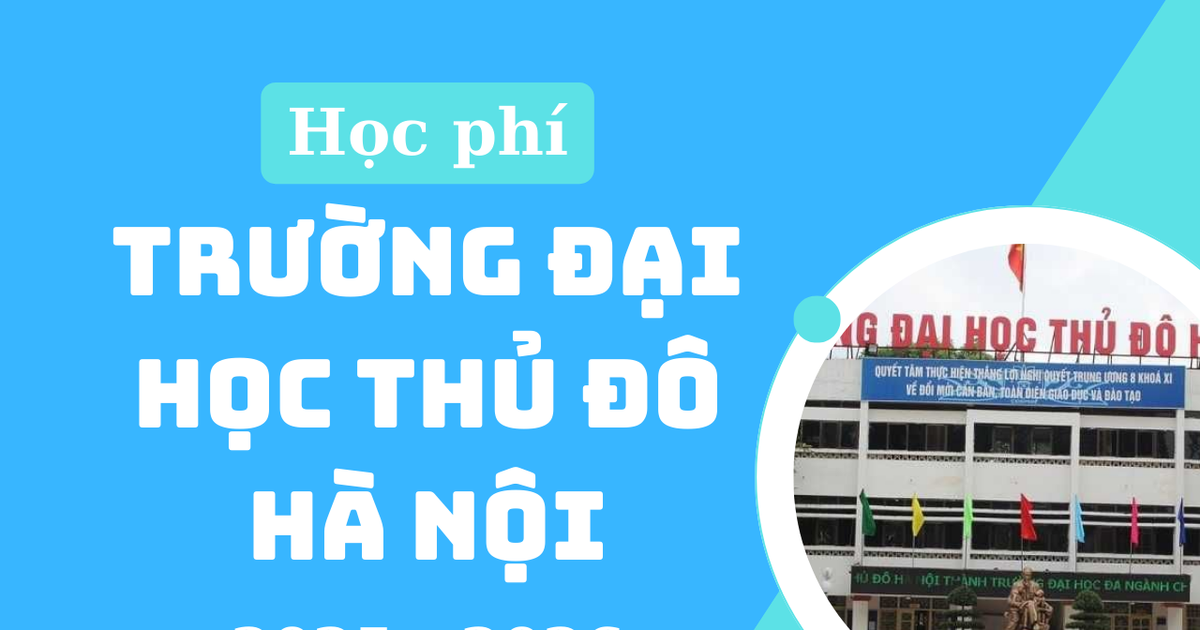

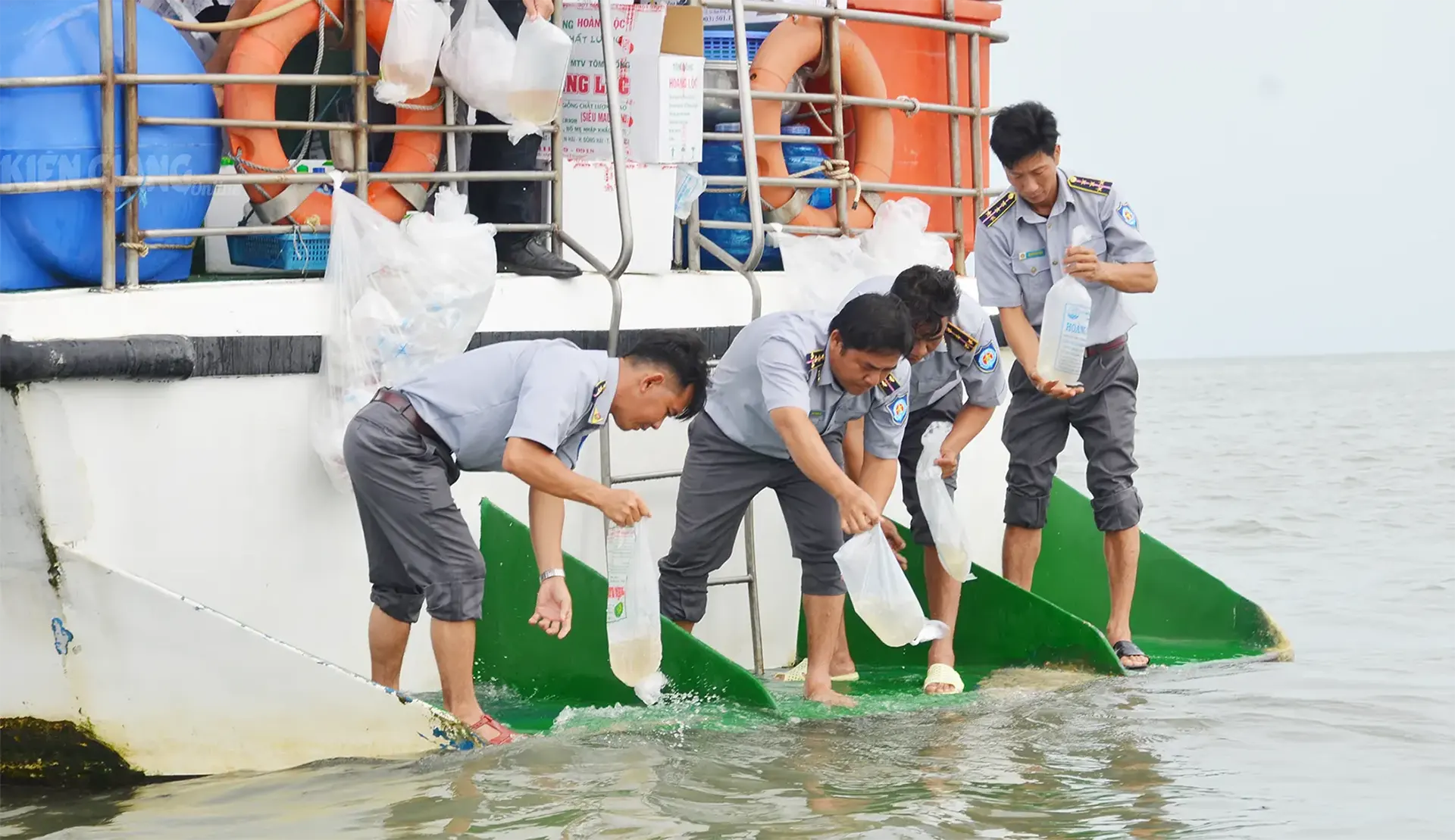












Comment (0)